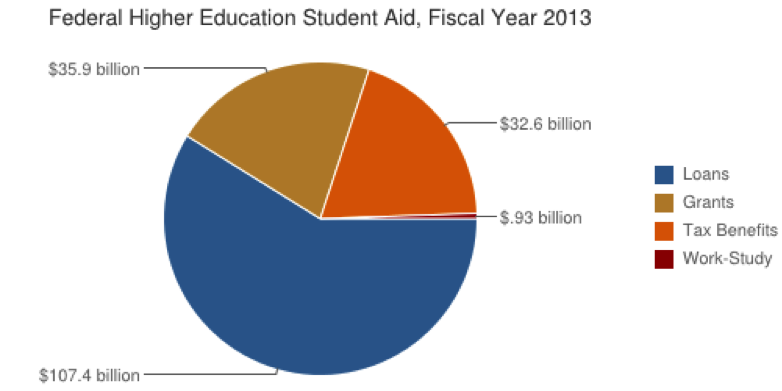Role of Federalism
College student loans in the U.S. are largely dealt with by the federal and state government, as well as through private loans. The Free Application for Federal Student Aid (FAFSA) is the gateway application to government student aid programs, which often utilizes both the federal and state governments in order to provide aid to students. The federal government provided $107.4 billion in loans to students in 2013, according to The Atlantic.

Most state governments offer some sort of aid to students residing within the state, and have close relations with their public colleges. All states within the U.S. offer 529 college programs, which are direct-sold savings Internal Revenue Code Section 529 qualified tuition programs. For instance, the Commonwealth of Virginia offers a college savings program known as Virginia529 inVEST. Their mission?
“to continue to be a national leader in 529 programs by providing superior, affordable, innovative, tax-advantaged college savings options to assist families and others in achieving their higher education goals.”

Many states offer additional resources for financial aid in addition to 529 programs. New York State offers its’ Tuition Assistance Program (TAP), which provides grants to New York families based on their income in order to provide them assistance in attending colleges and universities. It is increasingly important that the federal and state governments work together in order to make a college education affordable for students in the face of rising costs. President Obama has offered incentives for state governments to find solutions to these problems through programs such as The Race to the Top: College Affordability and Completion challenge.
